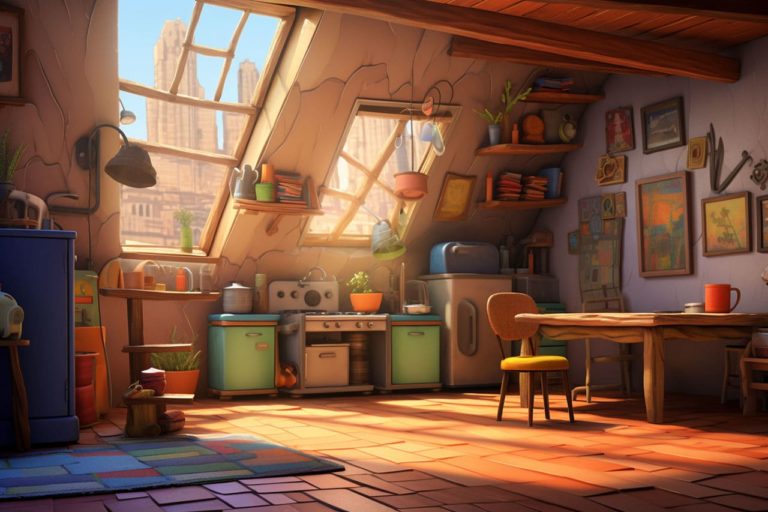Art is constantly evolving and changing, and there are always new styles and techniques emerging that capture our attention and imagination. Here are five emerging art styles to watch out for, each with their own unique characteristics and appeal.
1. Kinetic Art
Kinetic art is a type of art that relies on movement to create an interactive experience for the viewer. It can be created using a variety of materials, including metal, wood, and plastic, and often incorporates technology such as motors and sensors to add an extra layer of complexity.
One artist who has made a name for himself in the world of kinetic art is Reuben Margolin, whose mesmerizing sculptures are a wonder to behold. Margolin’s works feature hundreds of individual components that work together to create an undulating, wave-like motion that is both soothing and awe-inspiring.
2. Neo-Mannerism
Neo-Mannerism is a style of art that takes its inspiration from the Mannerist movement of the late Renaissance period. It is characterized by exaggerated and distorted forms, vibrant colors, and a sense of drama and theatricality.
One artist who is making waves in the world of Neo-Mannerism is Australian painter Lucas Grogan. Grogan’s works feature bold, graphic patterns and shapes, often juxtaposed with humorous or absurd imagery, creating a unique and distinctive style that is both playful and thought-provoking.
3. Biomorphic Art
Biomorphic art is a style of art that takes its inspiration from organic shapes and forms found in nature. It often features curving, fluid lines and shapes, and can be created using a variety of media, including painting, sculpture, and even digital art.
One artist who is pushing the boundaries of biomorphic art is German artist Monika Grzymala, whose large-scale installations are a sight to behold. Grzymala’s works are created using materials such as tape and paper, and often stretch across entire rooms, creating immersive and otherworldly environments that transport the viewer to a different realm.
4. Digital Realism
Digital realism is a style of art that blurs the line between traditional painting and digital art. It often involves creating highly realistic images using digital tools such as tablets and software, resulting in works that are almost indistinguishable from traditional paintings.
One artist who is leading the way in the world of digital realism is Canadian artist David McLeod, whose hyper-realistic images of nature and wildlife are a sight to behold. McLeod’s works are created using a combination of 3D modeling software and traditional painting techniques, resulting in images that are both breathtakingly beautiful and eerily realistic.
5. Social Practice Art
Social practice art is a type of art that involves creating works that are meant to engage with and impact the community. It can take many forms, from public installations to workshops and collaborative projects, and often involves addressing social and political issues.
One artist who is using social practice art to make a difference is Nigerian artist Jelili Atiku, whose works explore themes of social justice and human rights. Atiku’s works often involve public performances and installations, and are designed to raise awareness of important issues and promote positive change in the world.
Conclusion
These five emerging art styles are just a few examples of the ways in which art is constantly evolving and changing. Whether you’re a fan of traditional painting or cutting-edge digital art, there’s something out there for everyone. So keep your eyes peeled for these emerging styles and more, and be prepared to be inspired, challenged, and awed by the power of art.
